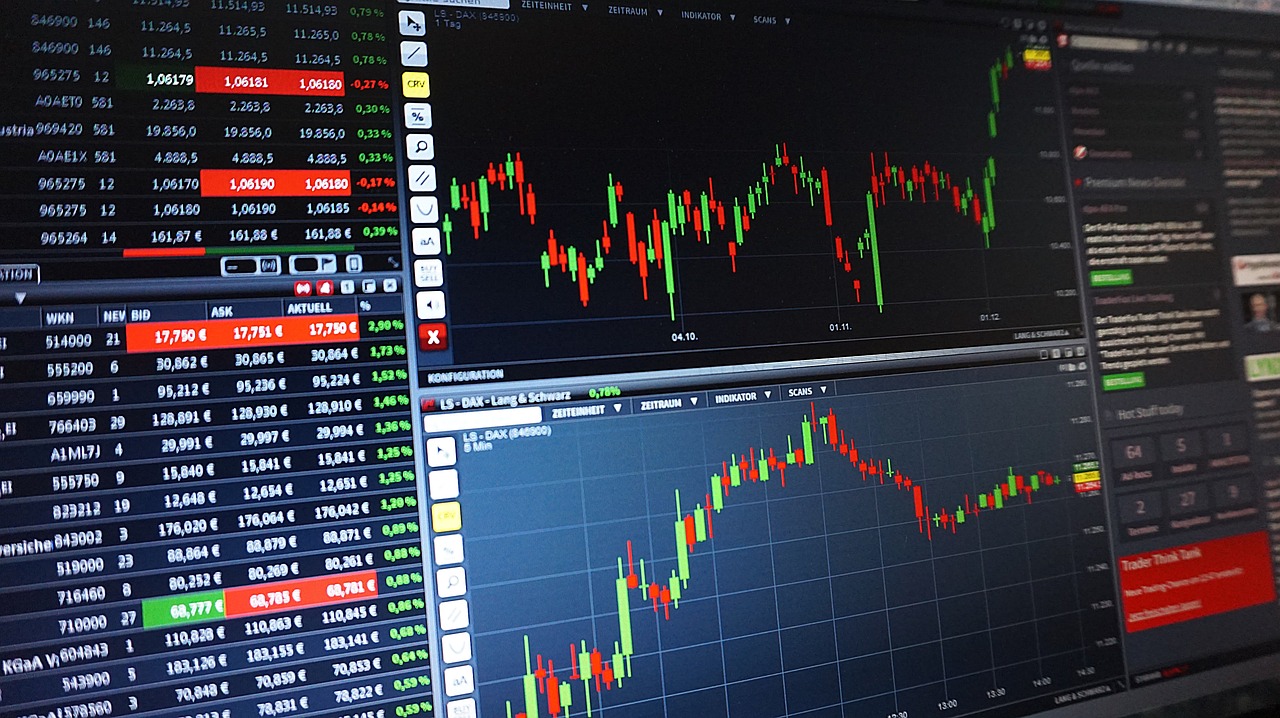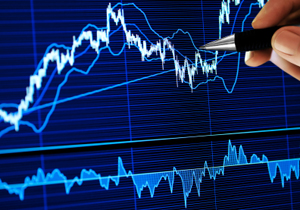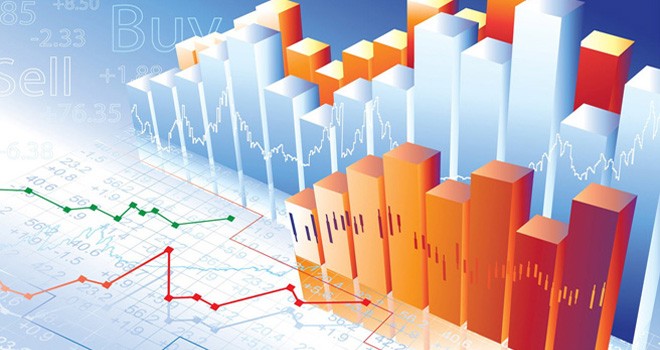Embarking on a business trip often means juggling tight schedules, high-stakes meetings, and long periods of travel, which can take a toll on both your physical and mental well-being. To counteract these stresses and unlock a new level of comfort and efficiency, consider incorporating massage therapy into your travel routine. The benefits of massage therapy extend far beyond mere relaxation, offering substantial advantages that can enhance your overall experience and performance during your trip. One of the immediate benefits of massage therapy is its ability to alleviate the physical discomfort associated with travel. Long flights and extended hours of sitting can lead to muscle stiffness, poor circulation, and back or neck pain. A targeted massage session can address these issues by releasing muscle tension, improving blood flow, and enhancing flexibility. This relief is often felt almost instantly, helping you to feel more comfortable and less fatigued, and enabling you to focus better on your professional responsibilities. In addition to physical relief, massage therapy offers significant mental and emotional benefits.
The pressures of business travel 출장 스웨디시 such as adapting to new environments, managing high-pressure situations, and maintaining productivity can contribute to elevated stress levels. Massage stimulates the parasympathetic nervous system, reducing the production of stress hormones like cortisol and promoting the release of endorphins, which are natural mood enhancers. This shift in your body’s chemistry can lead to a more relaxed state of mind, improved mood, and enhanced mental clarity, all of which are crucial for making effective decisions and performing at your best. Furthermore, massage therapy can play a crucial role in mitigating the effects of jet lag, a common challenge for those crossing multiple time zones. Jet lag disrupts your internal clock, causing fatigue, sleep disturbances, and difficulty adjusting to a new time zone. By promoting relaxation and supporting better sleep quality, massage therapy helps your body adjust more quickly and recover from the disorienting effects of travel.
This can lead to more energy, improved focus, and a smoother transition into your new environment. Incorporating massage into your business trip is also an investment in your long-term well-being. Prioritizing self-care can prevent burnout and support overall health, making you more resilient to the demands of frequent travel. Many travelers find that regular massages contribute to better stress management, improved sleep, and enhanced overall well-being, leading to sustained productivity and job satisfaction. In conclusion, unlocking the benefits of massage therapy on your next business trip can transform your travel experience. From relieving physical discomfort and reducing stress to mitigating jet lag and enhancing overall well-being, massage therapy offers a comprehensive solution to the challenges of modern business travel. By integrating this valuable practice into your routine, you can enhance your comfort, performance, and overall satisfaction during your trips.










